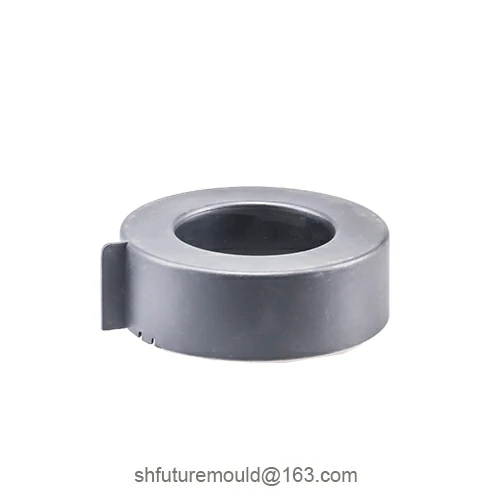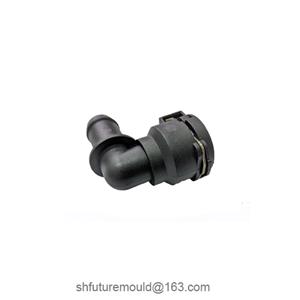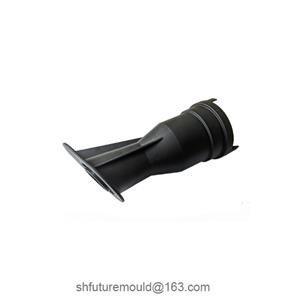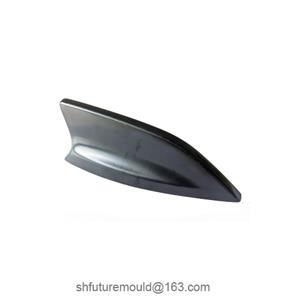Heat Insulation Methods for Injection Molds
Heat insulation for injection molds is a process that involves reducing heat loss from the mold through various methods to maintain a stable mold temperature. Proper insulation not only improves production efficiency but also enhances product quality.
Why is Heat Insulation Necessary for Injection Molds?
Improved temperature stability: Reduces temperature fluctuations, ensuring dimensional stability of the product.
Shorter cycle time: Reduces mold preheating time, increasing production efficiency.
Energy savings: Reduces heat loss, lowering production costs.
Improved surface finish: Maintains uniform mold temperature, reducing surface defects on the product.
Heat Insulation Methods for Injection Molds
Insulation Materials
Insulation boards: Commonly used materials include calcium silicate boards and rock wool boards, which offer excellent thermal insulation properties.
Insulation coatings: Applied to the mold surface, forming an insulation layer to reduce heat loss.
Insulation sleeves: Made of high-temperature resistant materials, these sleeves are placed over the mold for insulation.
Insulation Structure Design
Mold structure optimization: Rational design of the mold's cooling channels to reduce heat loss.
Insulation layer design: Design of appropriate insulation layer thickness and location based on the mold's shape and size.
Heating devices: For molds requiring higher temperatures, heating devices such as electric heating bands or hot oil circulation systems can be installed.
Insulation Process
Mold preheating: Preheating the mold before production to shorten cycle time.
Temperature control: Using a precise temperature control system to maintain a stable mold temperature.
Selection of insulation materials: Choosing suitable insulation materials based on the mold's operating temperature and environment.
Factors Affecting Mold Insulation Effectiveness
Mold material: Different materials have different thermal conductivity coefficients, affecting insulation effectiveness.
Ambient temperature: Ambient temperature has a significant impact on mold temperature.
Quality of insulation material: The thermal conductivity coefficient, thickness, and density of the insulation material affect insulation effectiveness.
Heating method: The choice of heating method also affects the stability of the mold temperature.
- Injection Mold
- Automotive Injection Mold
- Electronics & Electrical Injection Mold
- Consumer Goods Injection Mold
- Airplane Components Injection Mold
- Medical Components Injection Mold
- Irrigation Components Injection Mold
- Injection Molds




